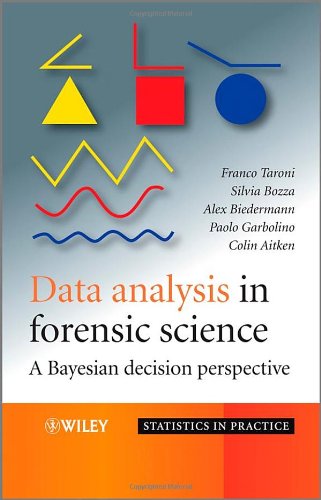

Most ebook files are in PDF format, so you can easily read them using various software such as Foxit Reader or directly on the Google Chrome browser.
Some ebook files are released by publishers in other formats such as .awz, .mobi, .epub, .fb2, etc. You may need to install specific software to read these formats on mobile/PC, such as Calibre.
Please read the tutorial at this link: https://ebookbell.com/faq
We offer FREE conversion to the popular formats you request; however, this may take some time. Therefore, right after payment, please email us, and we will try to provide the service as quickly as possible.
For some exceptional file formats or broken links (if any), please refrain from opening any disputes. Instead, email us first, and we will try to assist within a maximum of 6 hours.
EbookBell Team

4.1
50 reviewsThe book is split into two parts: Part One concentrates on the philosophies of statistical inference. Chapter One examines the differences between the frequentist, the likelihood and the Bayesian perspectives, before Chapter Two explores the Bayesian decision-theoretic perspective further, and looks at the benefits it carries.
Part Two then introduces the reader to the practical aspects involved: the application, interpretation, summary and presentation of data analyses are all examined from a Bayesian decision-theoretic perspective. A wide range of statistical methods, essential in the analysis of forensic scientific data is explored. These include the comparison of allele proportions in populations, the comparison of means, the choice of sampling size, and the discrimination of items of evidence of unknown origin into predefined populations.
Throughout this practical appraisal there are a wide variety of examples taken from the routine work of forensic scientists. These applications are demonstrated in the ever-more popular R language. The reader is taken through these applied examples in a step-by-step approach, discussing the methods at each stage.